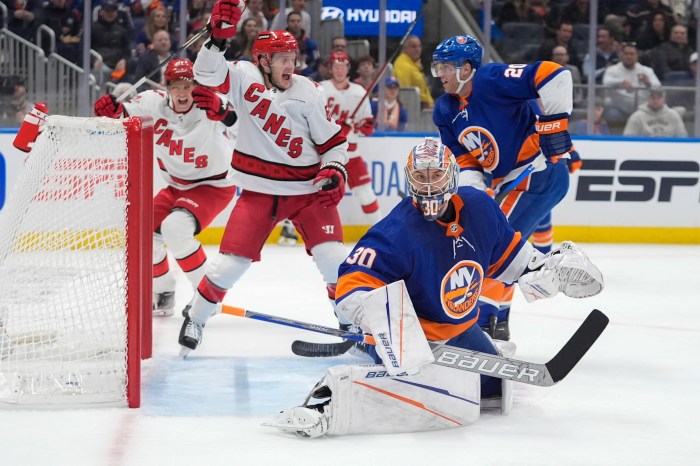By Arlene McKanic
Falu, a beautiful, smiling young woman in a jeweled sapphire sari, sat serenely on a platform (artists from Southeast Asia have the right idea — they sit during their concerts) with her musicians, Gaurav Shah on the Bansuri (a flute), a harmonium (a squeeze box) and vocals and Sandeep Swadia on the tabla (little drums). Now and then he'd strike his drums with a little silver hammer — I'm not sure whether to tune them up or make music or both. Soumya Chatterjee played the violin and guitar. The repertoire covered everything from ragas, complex songs based on 12 notes and associated with times of the day and an emotion to songs from Bollywood movies.
The music was stirring and passionate, and one older Indian couple a few seats down from me kept gesturing and shaking their heads. I didn't know whether that meant they approved or not, though they looked ecstatic. During a break between songs Gaurav explained that they were ecstatic.
“In India when people are happy they shake their heads,” he explained. “Indian music is very interactive with the audience.” Indian audiences also cry out, “Vava!” which means “Cool.” There were many shouts of “Vava!”
Gaurav also went on to explain that every state in India has its own language and music, sort of like in the European Union; I wondered whether the songs the group were singing were in their original language, and whether one Indian language is easy to translate into the other.
Three of the four musicians are from Gujarat, while Soumya is Bengali. He sang a Bengali song accompanied by guitar that might have been sung by a fisherman waiting for something to bite while he sits in his little boat on the Bay of Bengal. The song had an interesting Latin flava — perhaps it was the influence of the guitar.
Next, the group performed a song from Pakistan, all the way across the subcontinent. There was a song from the desert state of Rajasthan, and a hypnotic song from Utta Pradesh about people swinging on swings next to a river. Falu had a beautiful and sensuous voice, or a beautiful and sensuous wail actually, which she kept in control through the many changes of tempo and pitch that characterized these songs. Her singing was embellished by her beautiful hand gestures and the golden bangles on her wrists.
The songs from Bollywood, which is India's movie industry, were selected because they belonged to a semi-classical tradition. There are basically three Bollywood themes, said Gaurav; one about brothers separated at birth who take different life paths, (one usually has to end up shooting the other), the other about lovers who meet in Europe and chase each other all over the world, or something, and the third about whatever the filmmakers want it to be. The Bollywood song sung that night was about standing up for oneself. Later, Gaurav finally played the bansuri during a lush song about the gods Radha and Krishna.
The last song was in the Sufi tradition (“I hope they don't make us get up and do that twirly dance,” I thought). They didn't, but the audience was invited to sing a chorus and clap in a certain way; once with your palms together, and then with the back of your hand against your palm. It was surprisingly easy to get the hang of.
The next concert, The Sounds of Bengal, was performed on the Main Stage. The program was made up of classical and folk songs from Bangladesh and West Bengal, some of which were very old, and the crowd that came to hear them was not only larger but more formal — men came in suits and women in traditional, colorful saris and jewelry.
The concert was divided into two parts. The first part began with the prayer of a man who wants to wake up from his death to the sounds of music and was sung by Mahmood H. Dulu in a deep, expressive baritone. He also played the squeeze box. He explained and translated the lyrics of other songs, which tended to be sad and beautiful. Some were devoted to God, or to a lover, or both, and included a lament about a man's unrequited love for a married woman whose name was also the name of a flower which glows in the moonlight. The music in this part of the show was calming and even soporific, and the lighting on the large stage changed dramatically from blue to purple to burnt orange to fiery red.
The songs in the second half of the concert were more energetic and Dulu was joined by Tajul Imam, Dulal Bhomik on vocals and ektara (a stringed instrument with a brass bowl for a body), Swapna Kausar ( a woman whose voice is more plaintive than Falu) on vocals, Tapan Modak and Pinakpani Goswami on tabla and Kawsar Ahmed Montu on khanjani (a rattle, but it looked like a tambourine to me) and cymbal. The last song was quite lively and the usually polite audience clapped along.
The Sounds of India is a series which will be traveling to the four other boroughs through May 11.
For more information, call The Weill Music Institute at Carnegie Hall at 212-903-9670.































